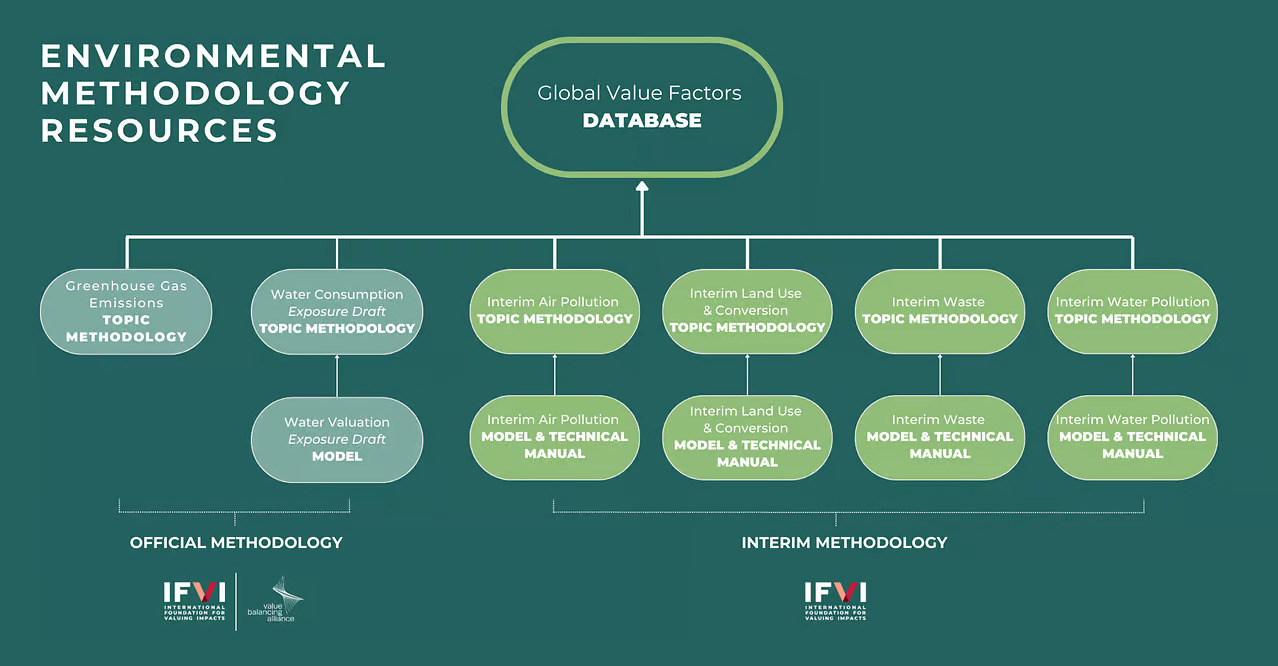The International Foundation for Valuing Impacts (IFVI) has announced the release of four interim environmental methodologies to accelerate the adoption of impact accounting. This move aims to meet market demands and gather feedback ahead of the official methodology review process, which will include the VTPC Review and Due Process.
These interim methodologies are designed to improve transparency and standardisation in impact valuation, contributing to the development of a robust impact accounting system. They address significant environmental impacts not yet covered by official methodologies, developed in collaboration with the Value Balancing Alliance (VBA). The methodologies are adjusted for all major geographic locations and incorporate material pollutant-specific impacts within the categories including air pollution, land use and conversion, waste, and water pollution.
It will help in assessing the impact of up to six potential air pollutants from companies on health, agricultural productivity, and other areas, evaluating the effects of land occupied or converted by companies, including the loss of ecosystem services across various regions and land use types, analysing the environmental impacts from waste generation and disposal methods such as incineration and landfills, covering issues like leachate, disamenity, climate change, and air pollution, and measuring the impact of 104 possible water pollutants on human health and eutrophication.
Additionally, IFVI has released a global value factor database that compiles nearly 100,000 value factors used in both the interim and official environmental methodologies for easy access.
These interim methodologies are available for immediate use, though they will undergo further revisions and development through due process and independent oversight of the VTPC. IFVI invites stakeholders to provide feedback to support the refinement of these methodologies.
To ensure transparency, IFVI has also made available additional resources, including spreadsheets outlining the detailed formulas and data inputs used in the methodologies and comprehensive technical manuals to guide users in applying and expanding these models.
